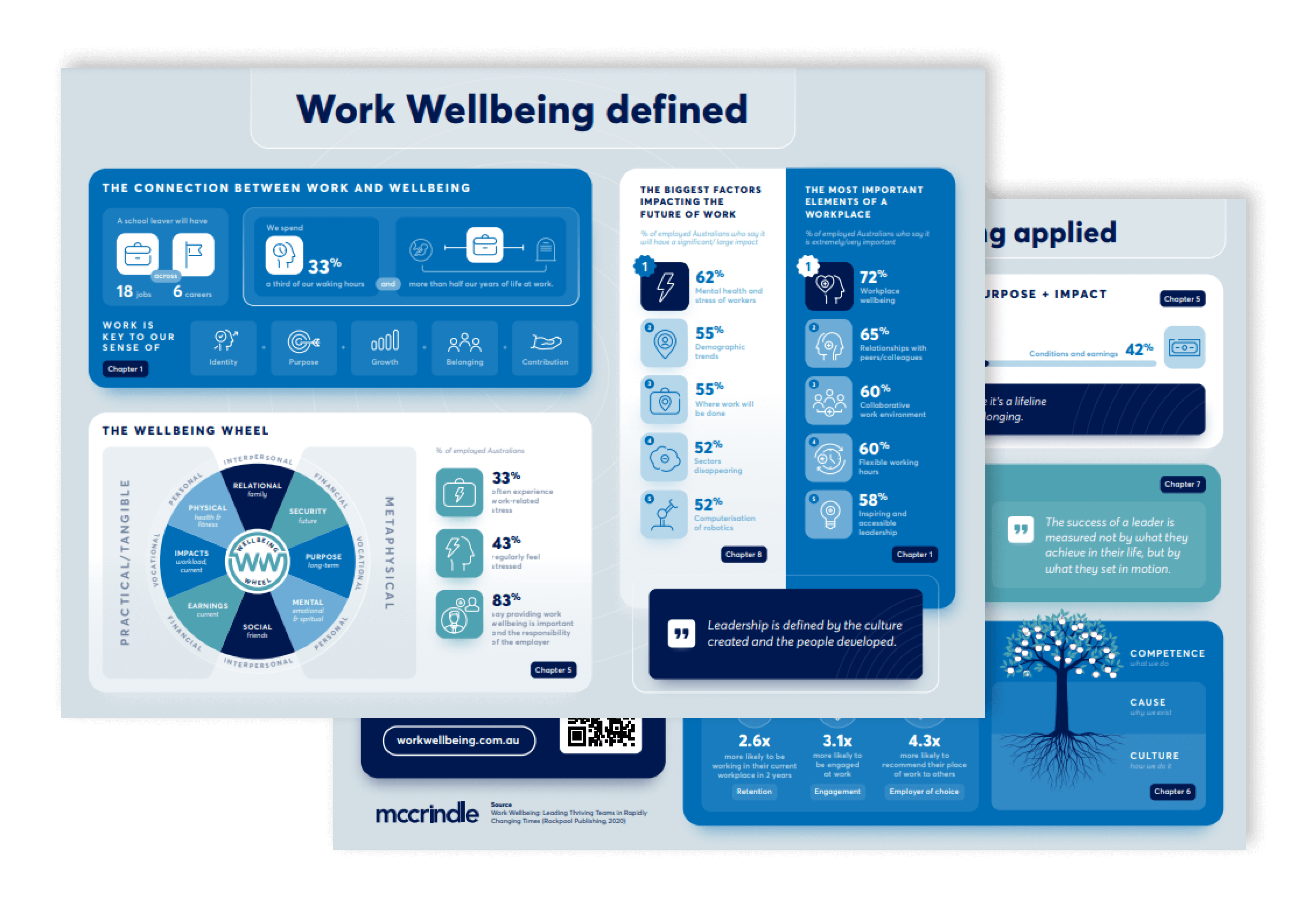ARTICLE
What do staff look for in their leaders?

Leaders play a crucial role in the development of an organisation’s culture. Workplace leaders set the mood and tone of work environments, making or breaking a culture of wellbeing. Employees look to leaders for what behaviour, customs, attitudes and ways of communicating are favourable and acceptable.
What do staff look for in their leaders?
So, what sort of leaders are employees looking to work for? Workers today are looking for leaders who create a culture of leadership growth, personal improvement and team development – in short, they are looking for leaders who lead with a collaborative style, are people focused and have a long-term perspective.
1. A collaborative leadership style
The last few decades have seen a clear move away from the command-and-control leadership styles towards the more engaging collaborative leadership style. This was confirmed in our worker survey when we asked about leadership styles. The majority of workers (40%) preferred a collaborative leadership style, closely followed by 38% who preferred a co-ordinated style. Just 16% preferred a hierarchical leadership style, while 6% preferred an authoritarian style.
Workers have spoken. They want to be employed in workplaces and organisations in which leaders are collaborative and coordinating rather than hierarchical or authoritarian. Workers today are looking for leaders who lead with authenticity and create a culture of collaboration.
2. A people-focused priority
We have identified four key priorities for a workplace leader: profit (monetary focus), output (product/productivity focus), goals (KPIs and objectives) and people (prioritising and valuing the team). According to our research, workers’ preference is for the priority of the leader to be on the people of the organisation (36%) and the goals (36%) more so than on the output (15%) or the profit (12%).
When we correlated leadership priority with employee outcomes, leaders that focus on people over profit lead workers who are much more likely to be advocates of the organisation, have better engagement and stay longer. The people-focused leader produced positive measures in each category compared to the extremely negative staff advocacy, engagement and retention results of the profit-focused leader.
While management theory might focus on systems, structures and processes, workers want the leadership priority to be on the people. Workers are looking for organisations that prioritise people through training and ensure they are functioning at their best. Leaders who prioritise the wellbeing and development of their team members will be rewarded with brand advocates, engaged employees and lower turnover.

3. A long-term perspective
The perspective a leader brings shapes staff engagement. In our research with employed Australians, we found that not only do workers prefer a long-term focus from their leaders, but this leadership perspective also correlates to higher advocacy, engagement and retention among workers than a short-term perspective does. Leaders whose perspective is long-term have positively advocating staff, engaged teams and better retention compared with those who have a short-term focus.

Our study also showed the positive outcomes when leadership perspectives shift from a short-term focus, such as monthly, quarterly, or even annual results, to longer-term considerations such as the enhancement of the team. We call this enlarging leadership. Those who focus on growing people and their skills are best placed to be able to shape team culture and retain top talent.
To attract competent and efficient staff, help them thrive in the workplace and retain them, organisations need to champion the best leadership style (collaborative), leadership priority (people) and leadership perspective (long-term). The success of a leader is measured not by what they achieve in their life but by what they set in motion.





